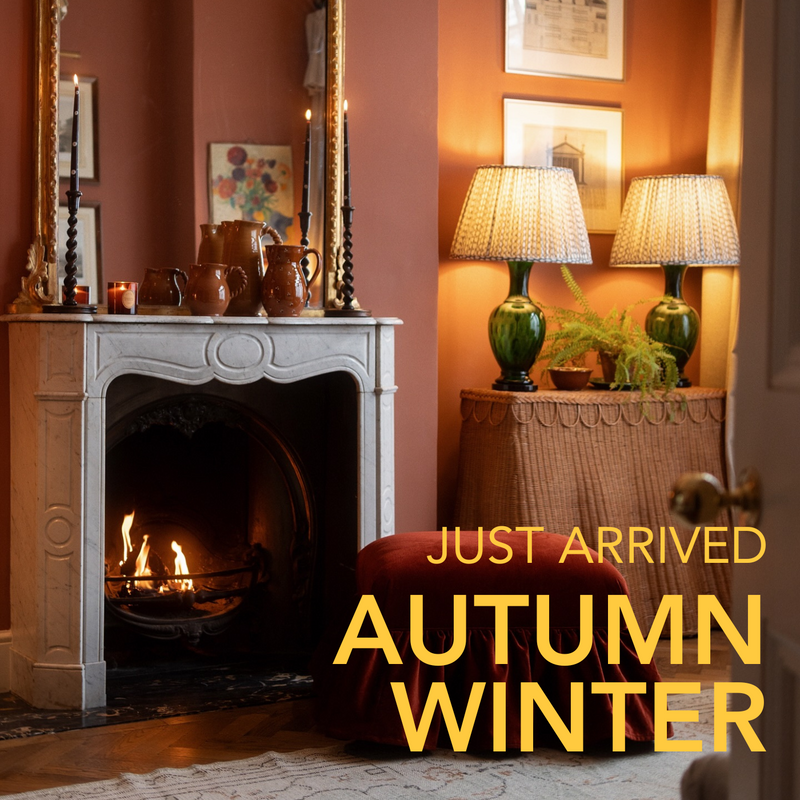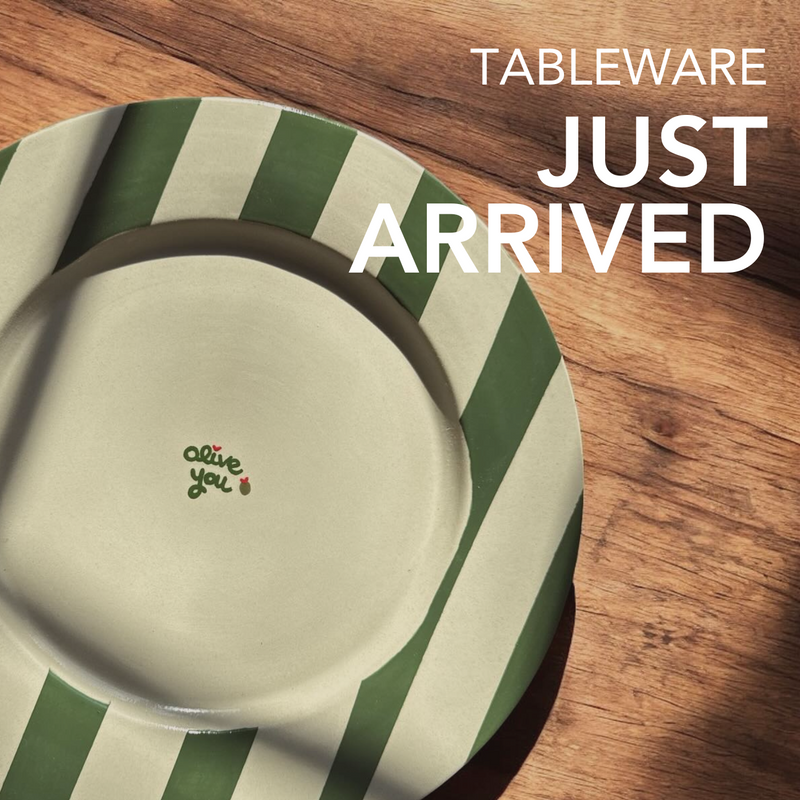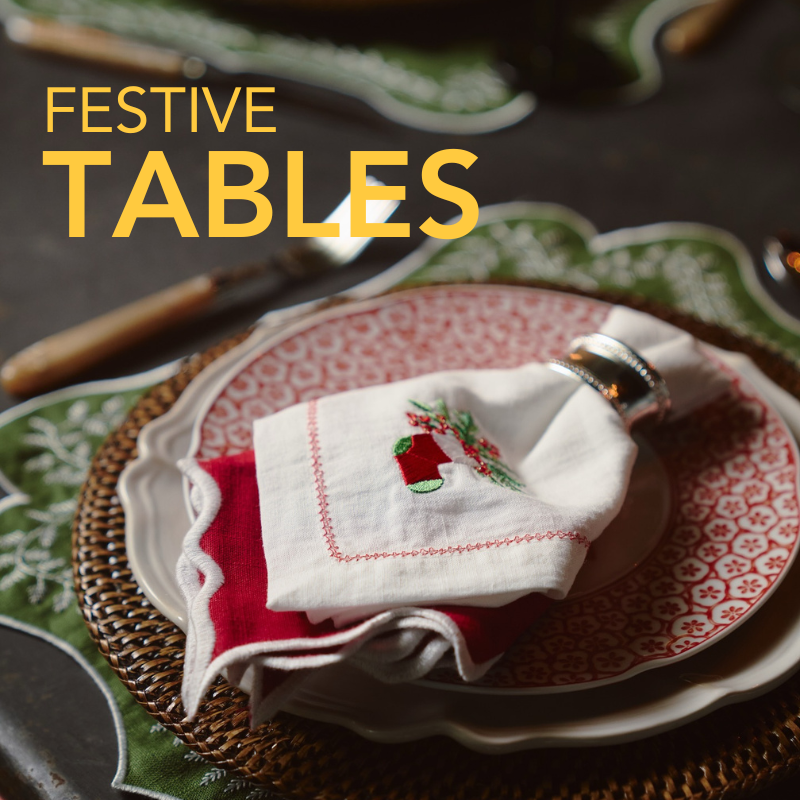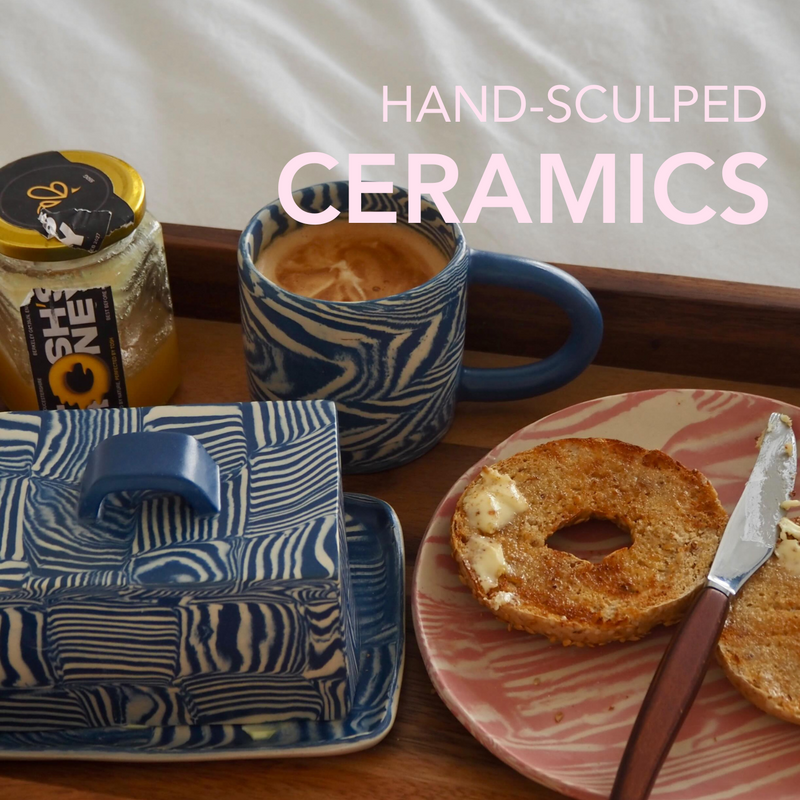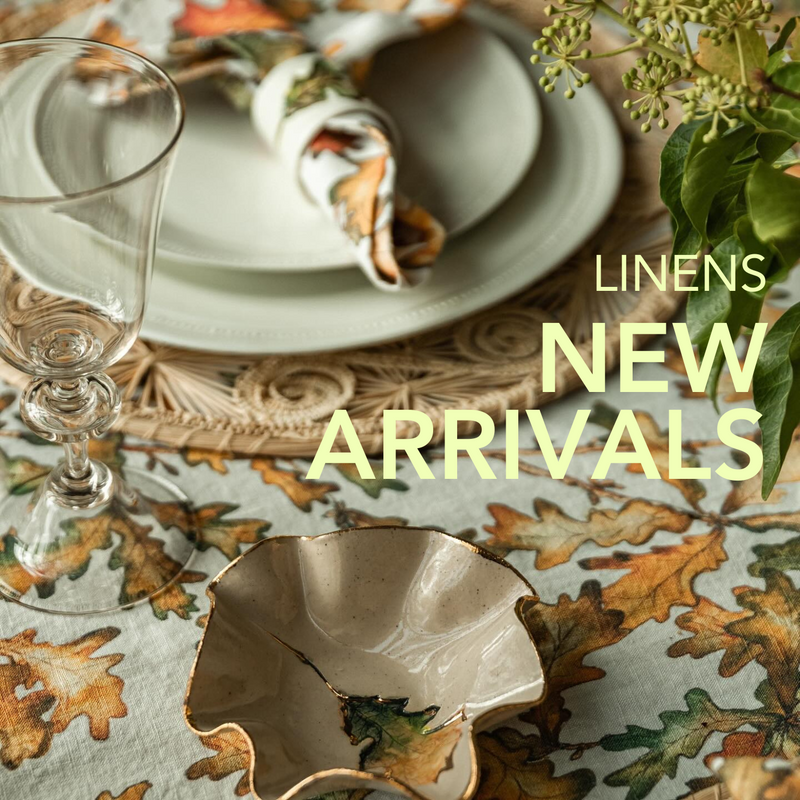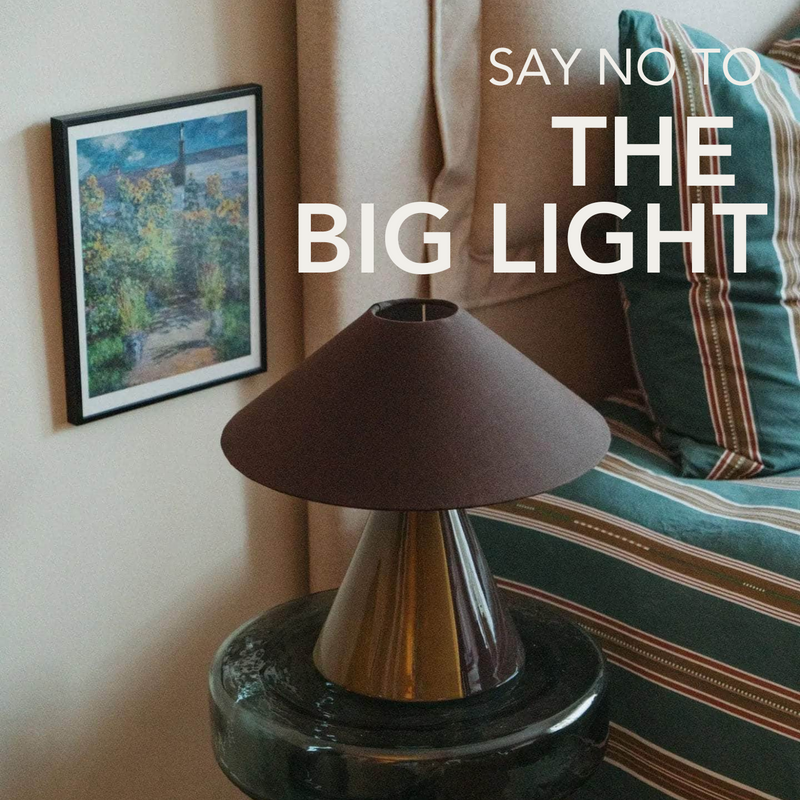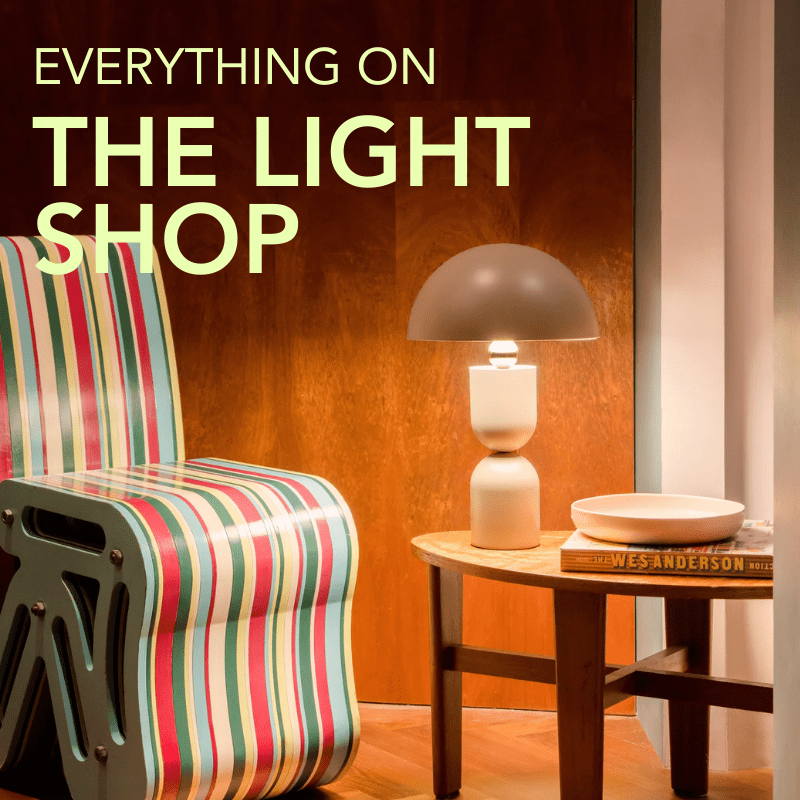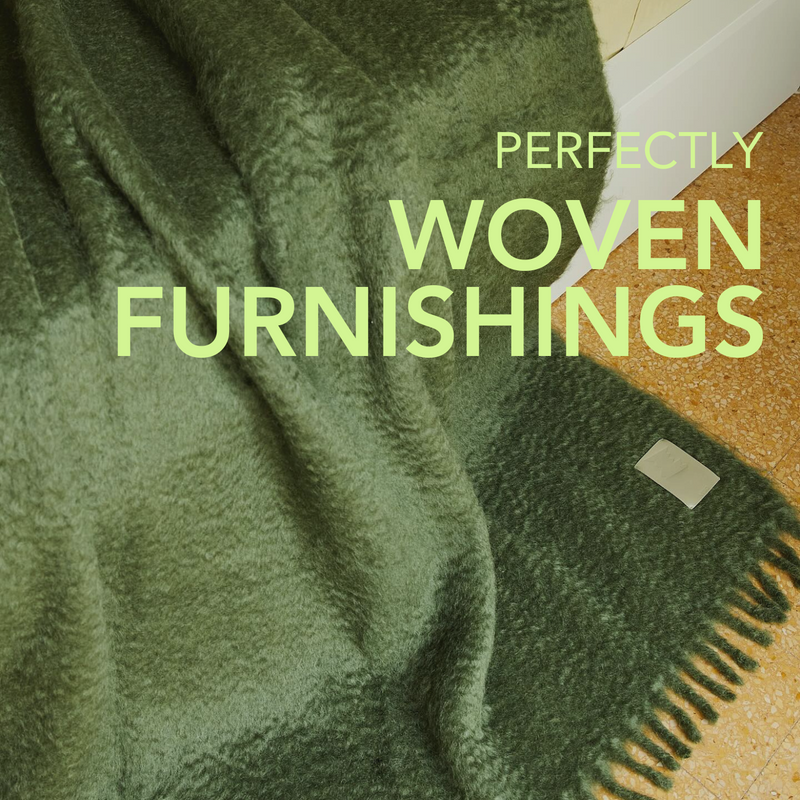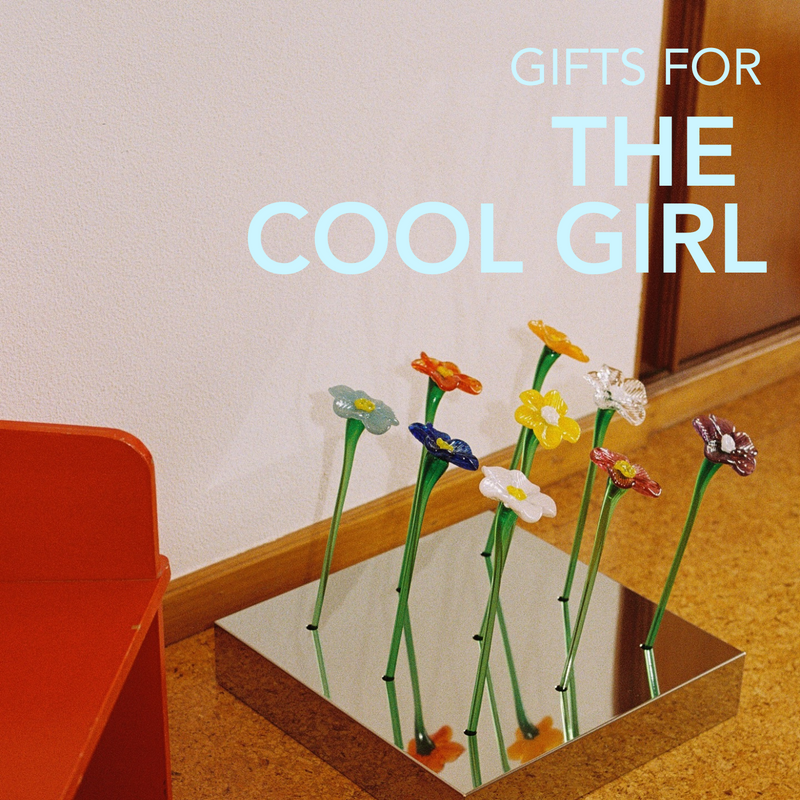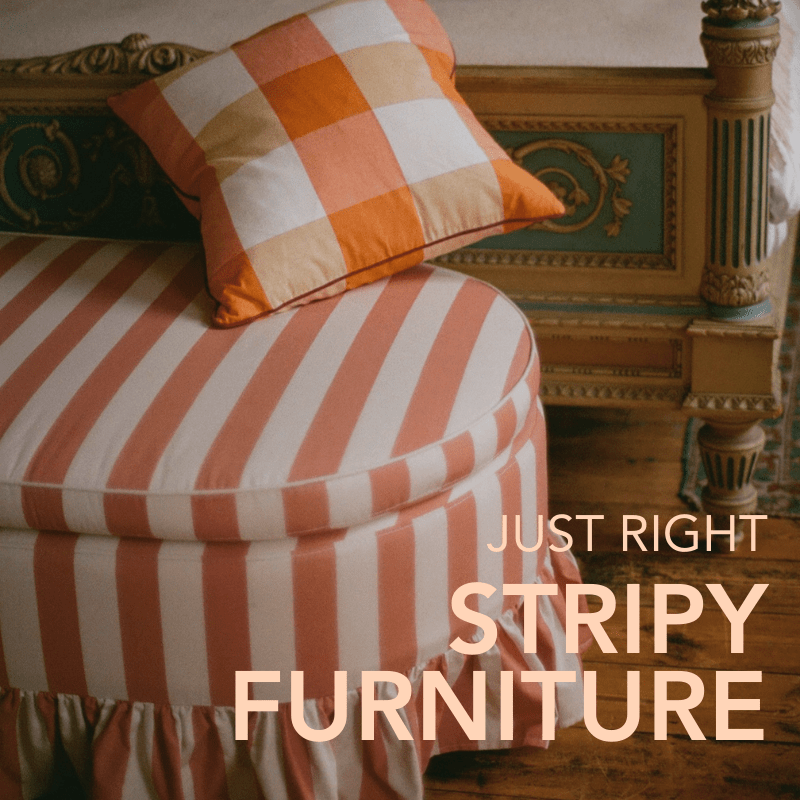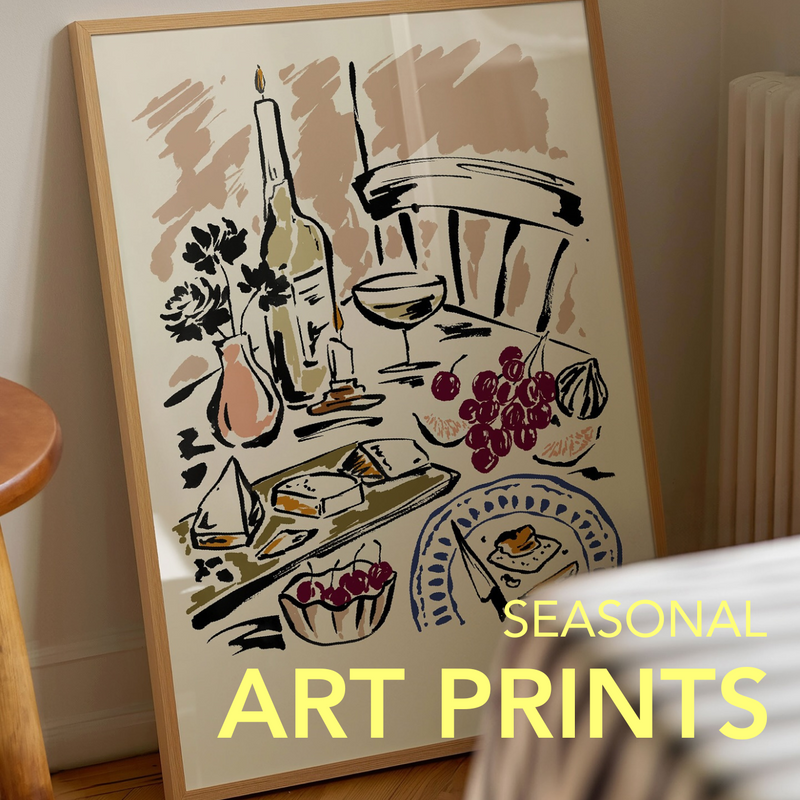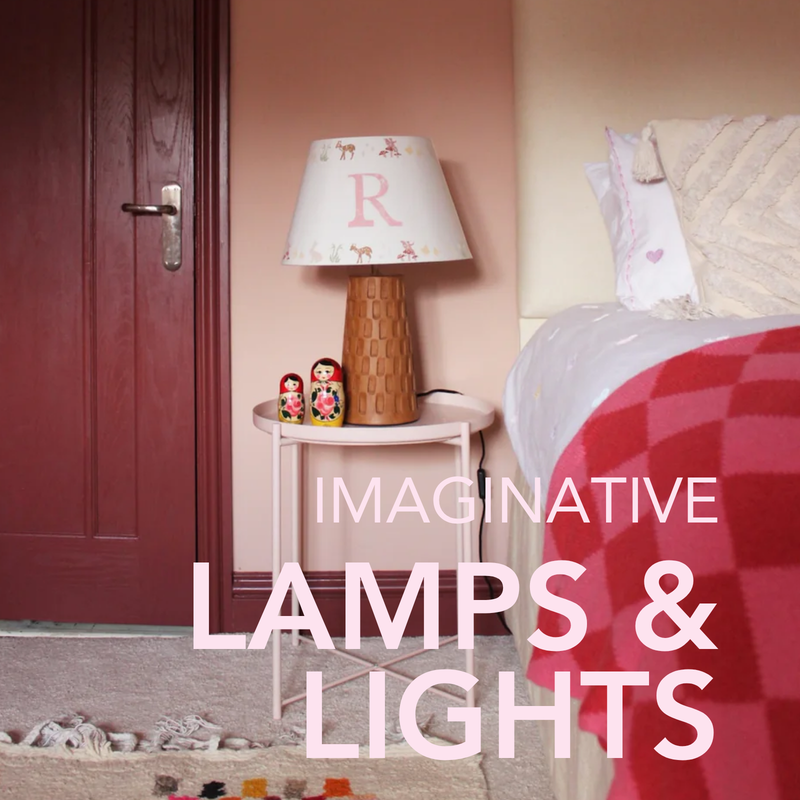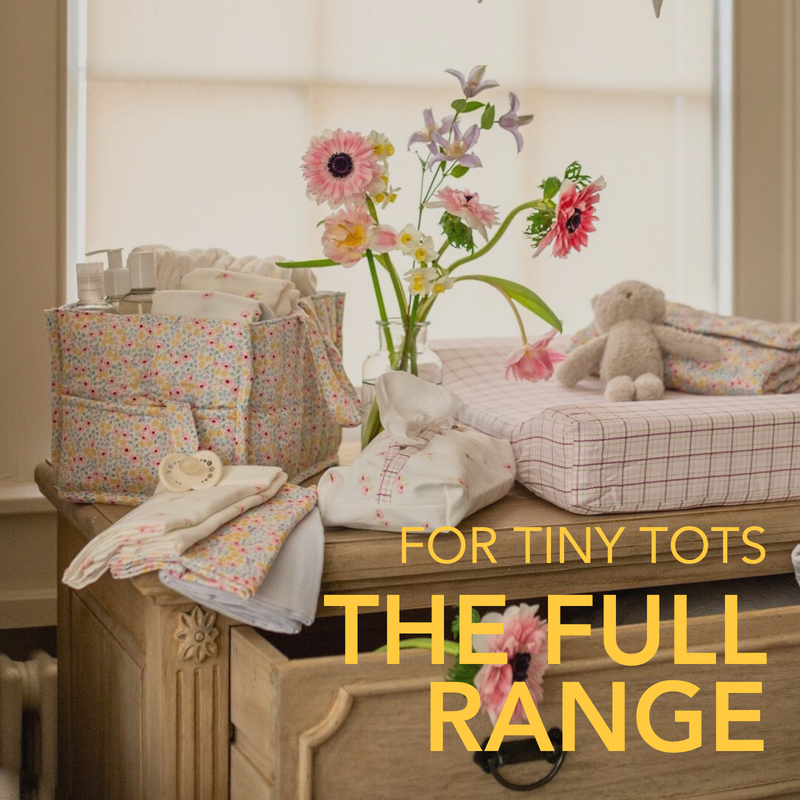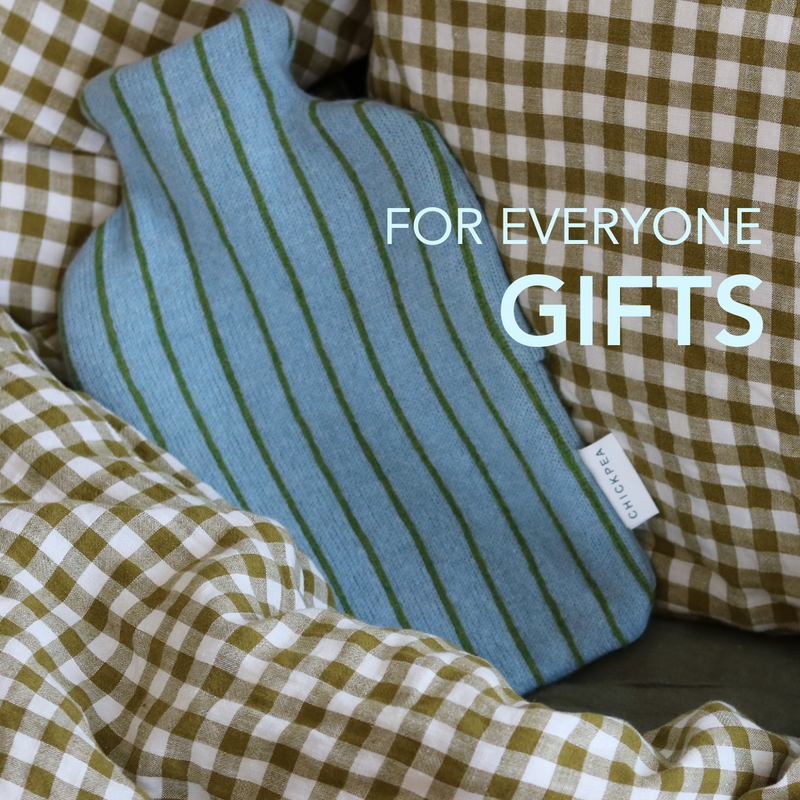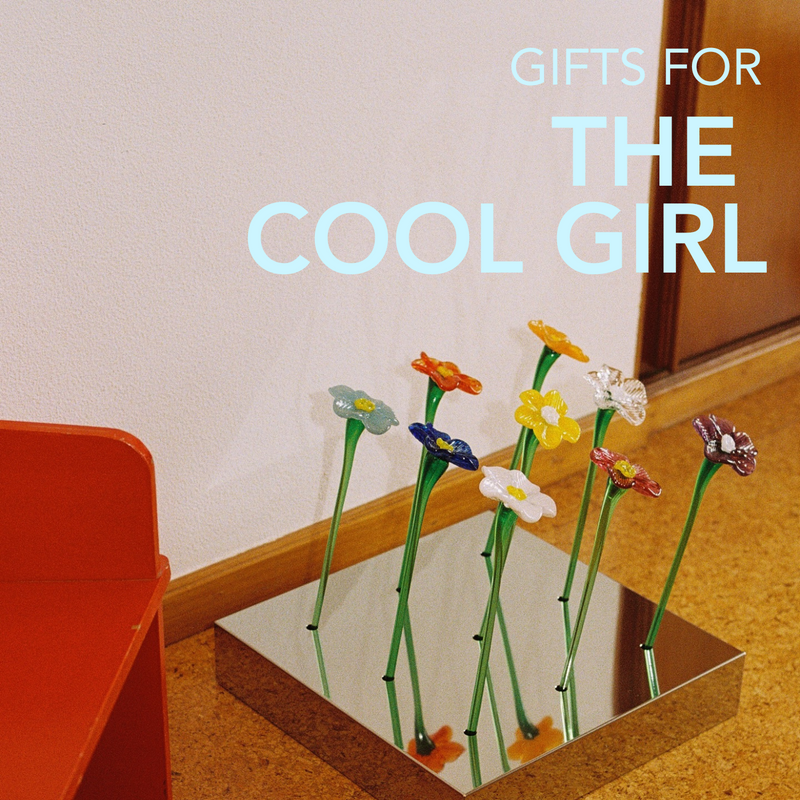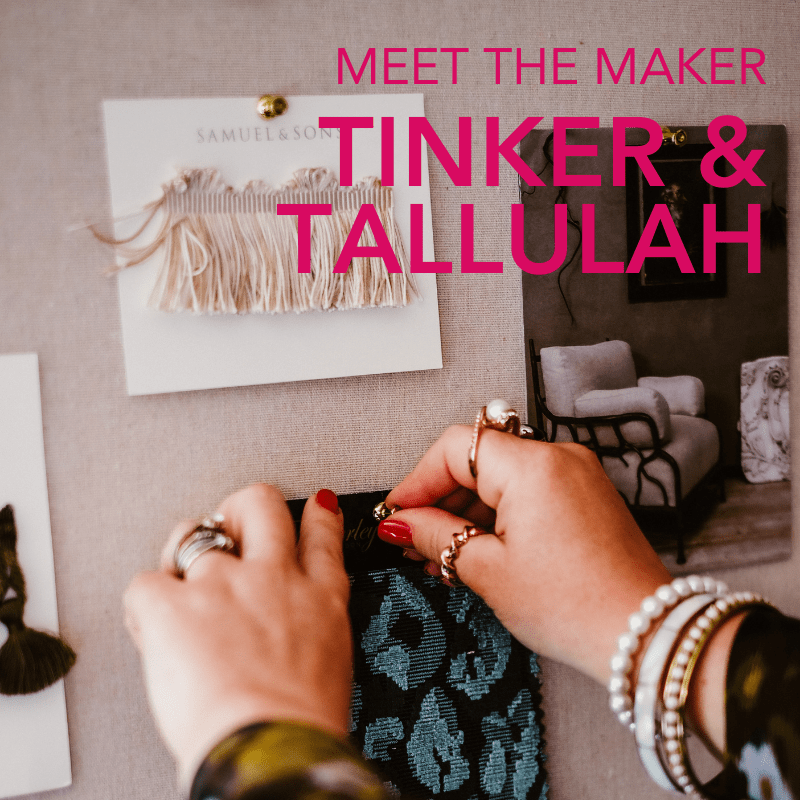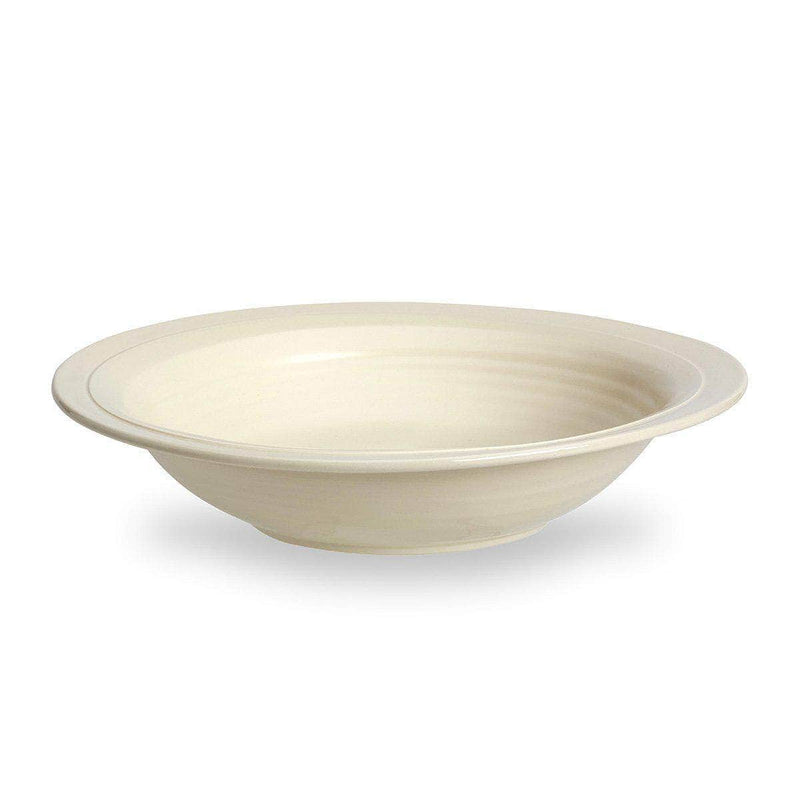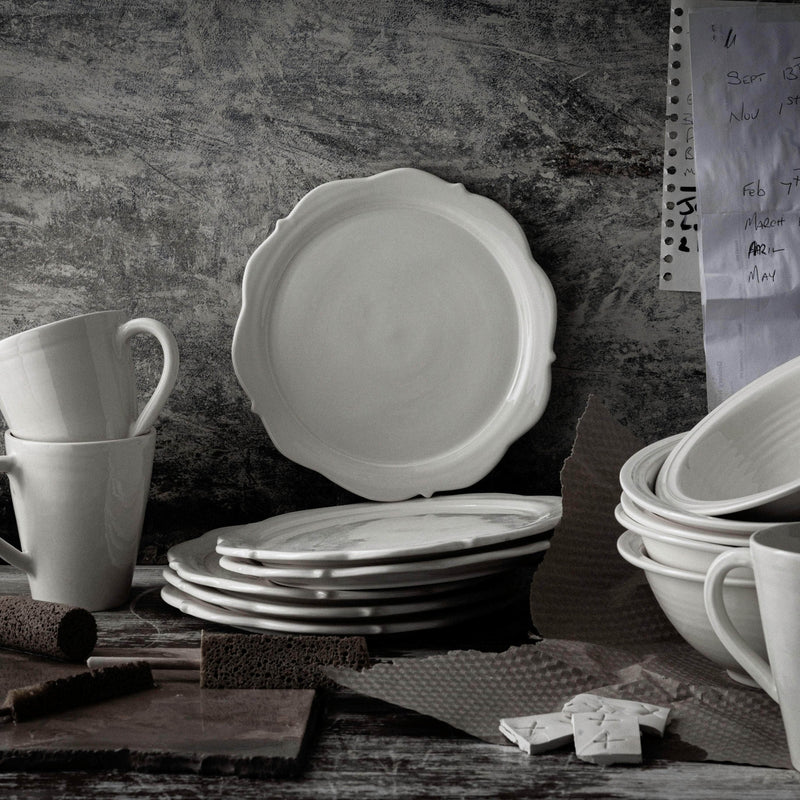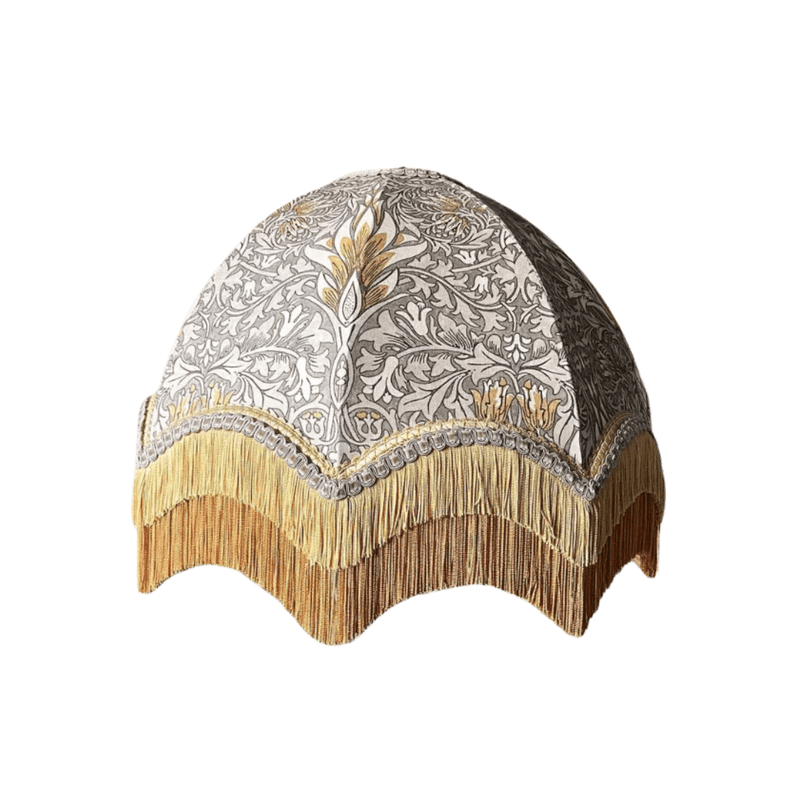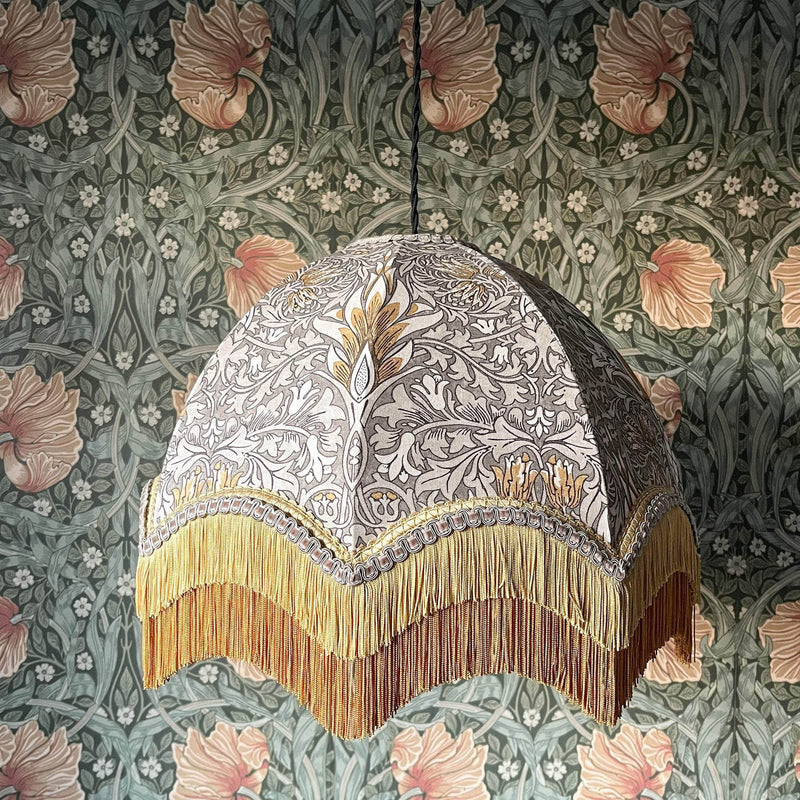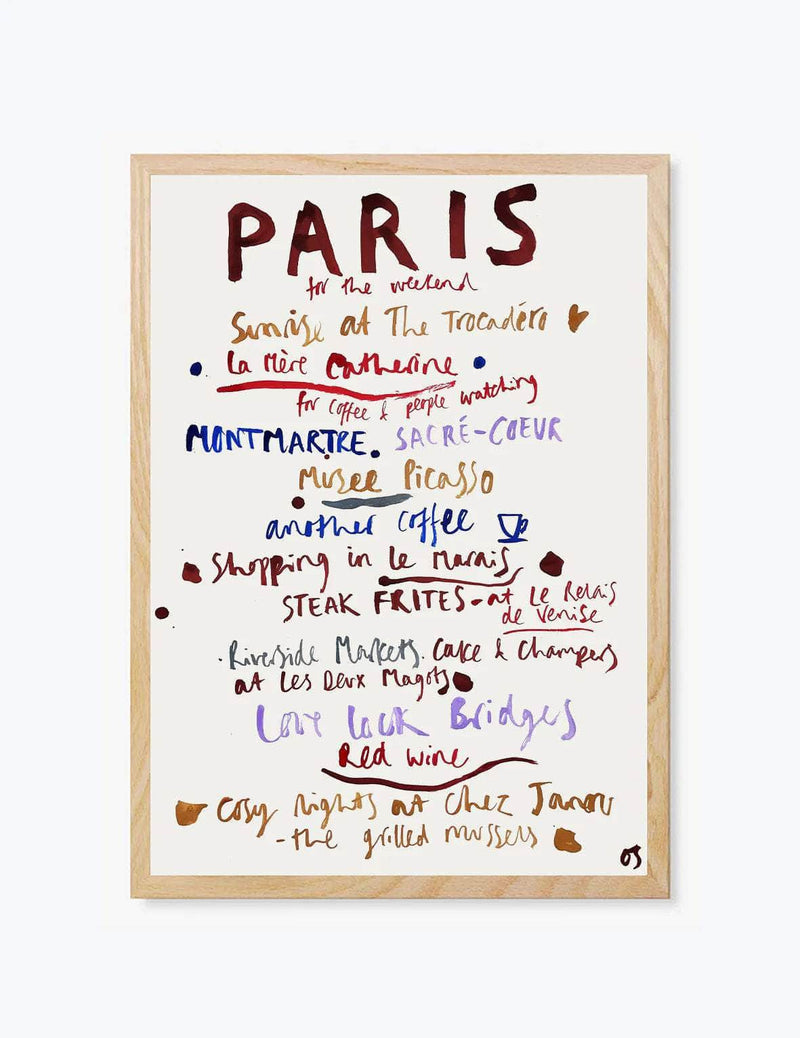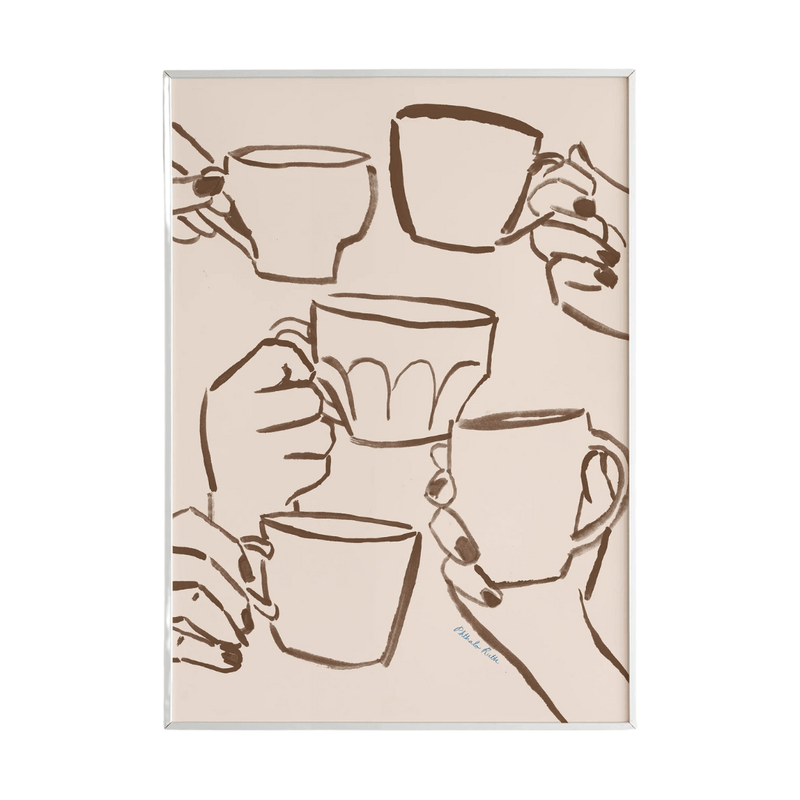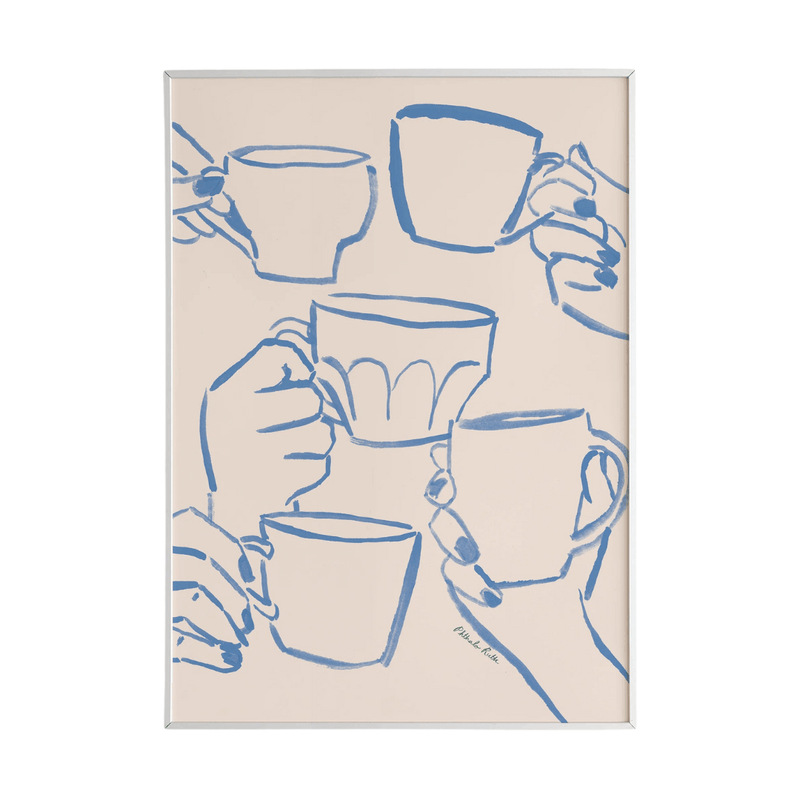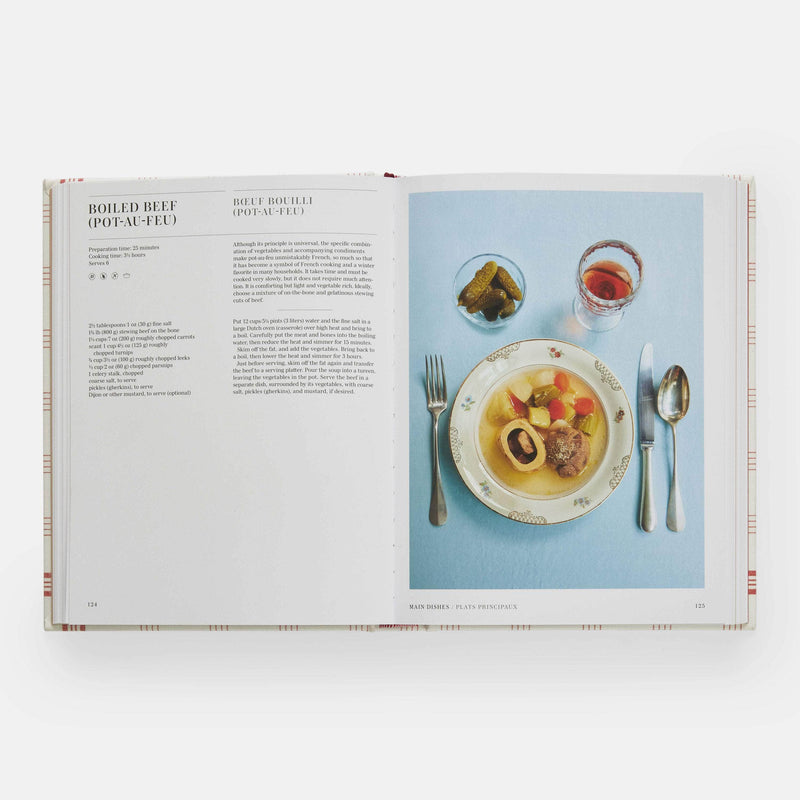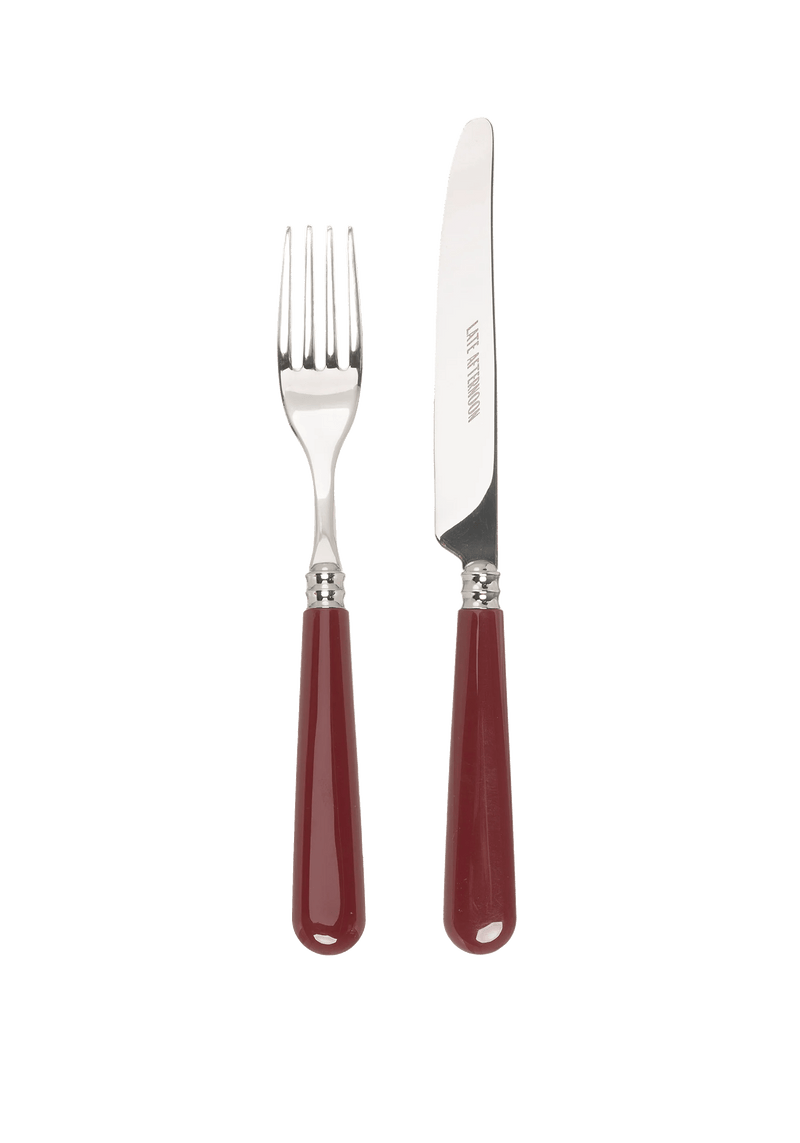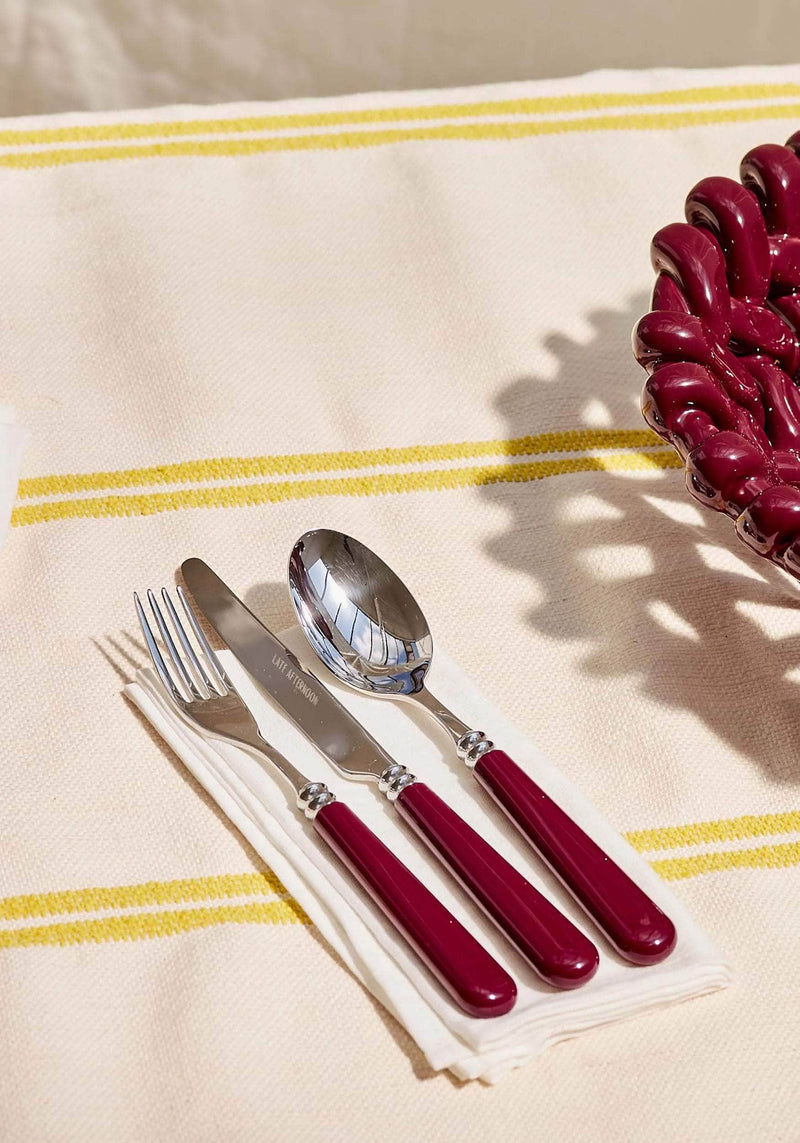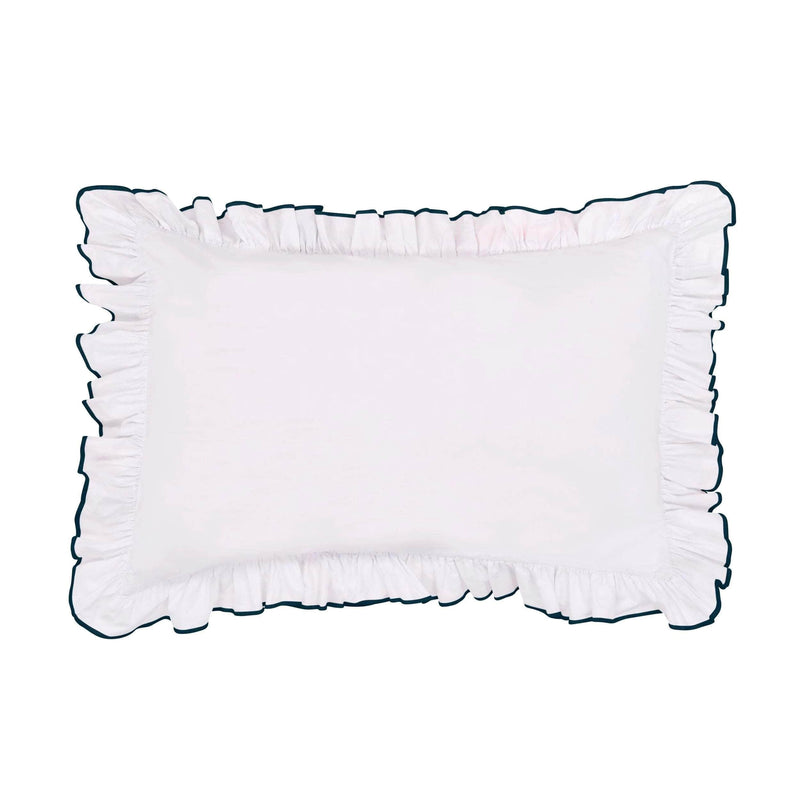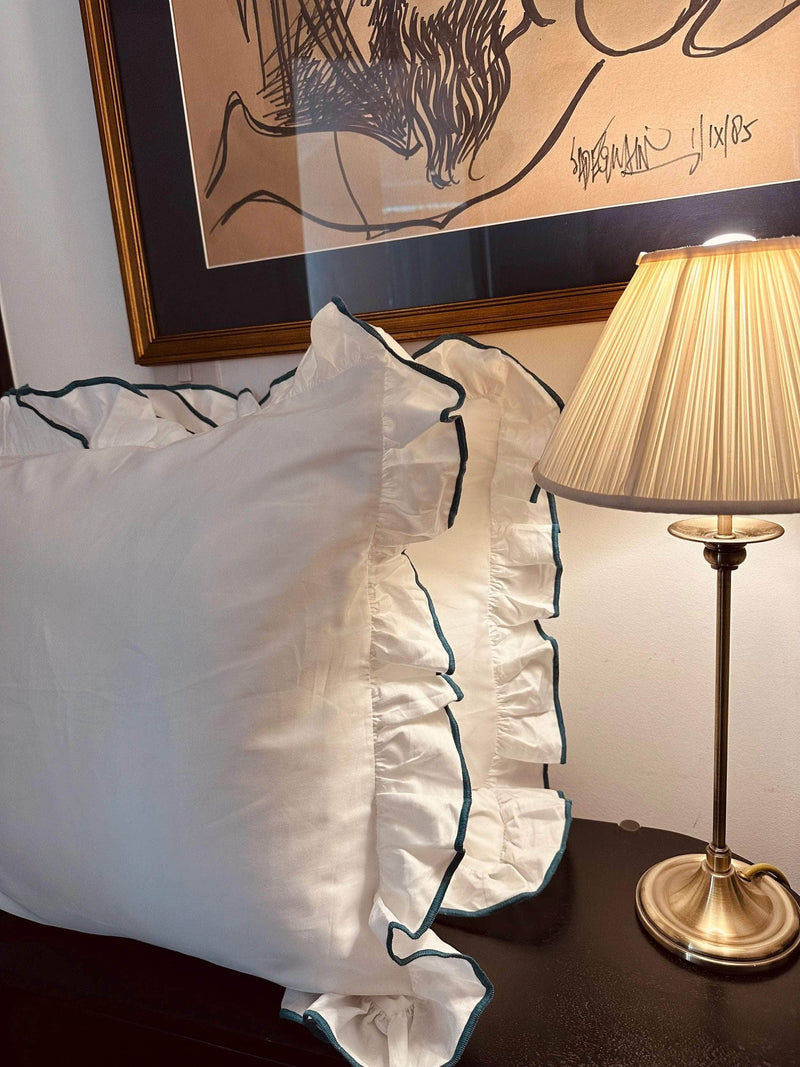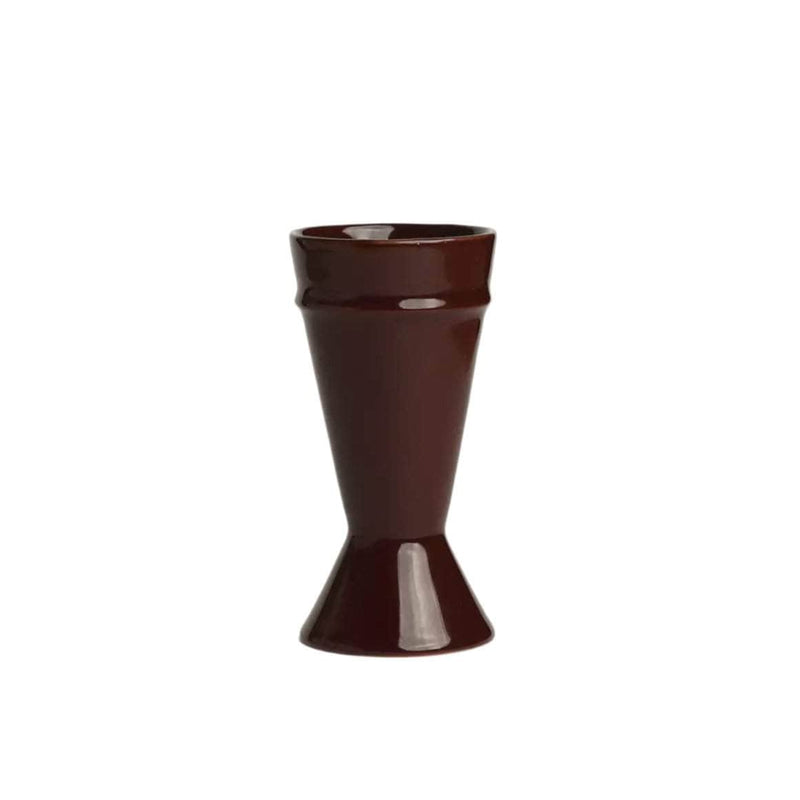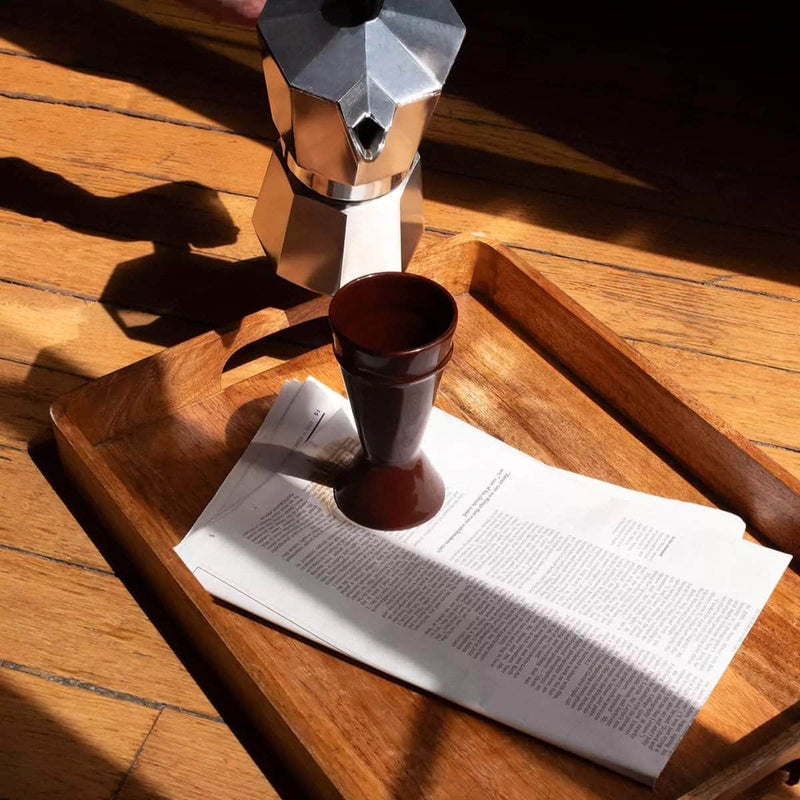This store requires javascript to be enabled for some features to work correctly.

Embracing Rustic Charm: A Guide to the Warmth of French Country Interior Design
Have you ever dreamt of a home that feels like a sun-drenched retreat in the French countryside? A space filled with natural materials, soft colours, and a sense of timeless comfort? That's the essence of French Country interior design! This inviting style, inspired by the rural farmhouses of Provence and beyond, brings a touch of relaxed elegance and joie de vivre into any home. At Maison Flâneur, we appreciate how French Country effortlessly blends practicality with a sophisticated rusticity, creating spaces that feel both welcoming and stylish.
But what are the key elements that define this charming aesthetic? And how can you infuse your own interiors with its warm and inviting feel? Let's explore the characteristic features, historical roots, and practical ideas for embracing the beauty of French Country design. Remember, this is just a taste of the vast world of interior styles! For a broader perspective, be sure to explore our comprehensive guide to all interior design styles.
By Marie Winckler
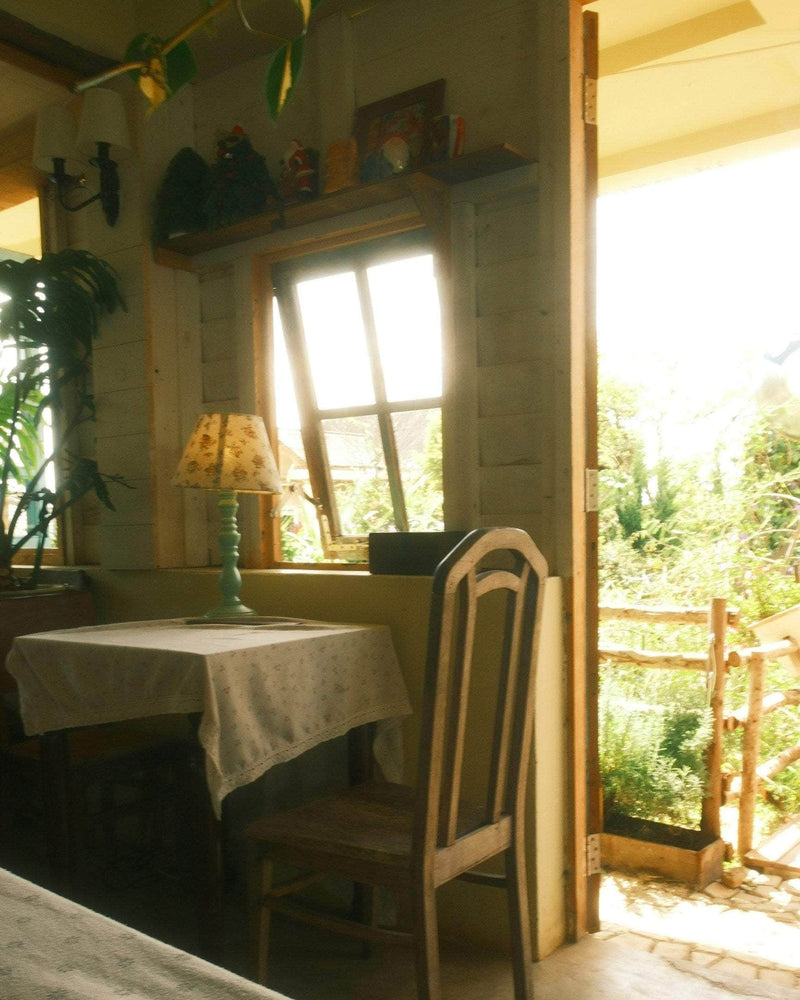
What are the key elements of French Country Interior Design?
French Country design is all about creating a feeling of warmth, comfort, and unpretentious elegance. Inspired by the natural beauty of the French countryside, it embraces a relaxed, lived-in atmosphere. One of its key features is the use of natural materials — weathered wood, stone like limestone or terracotta, linen, and cotton — which add texture and a sense of connection to the outdoors. Think of a timeworn wooden table or the soft drape of linen curtains.
The colour palette is typically soft and muted, echoing the landscape: creamy whites, warm yellows, dusty blues, and earthy greens, occasionally lifted with deeper tones like ochre or indigo. Vintage or antique elements are also essential, adding charm and history — from rustic benches to well-loved ceramics. It’s this blend of comfort, texture, and character that makes French Country feel timeless.
Are you an Interior Designer?
Join our Trade Program—a curated community of design professionals with exclusive access to bespoke pieces, trade pricing, and personalized support.
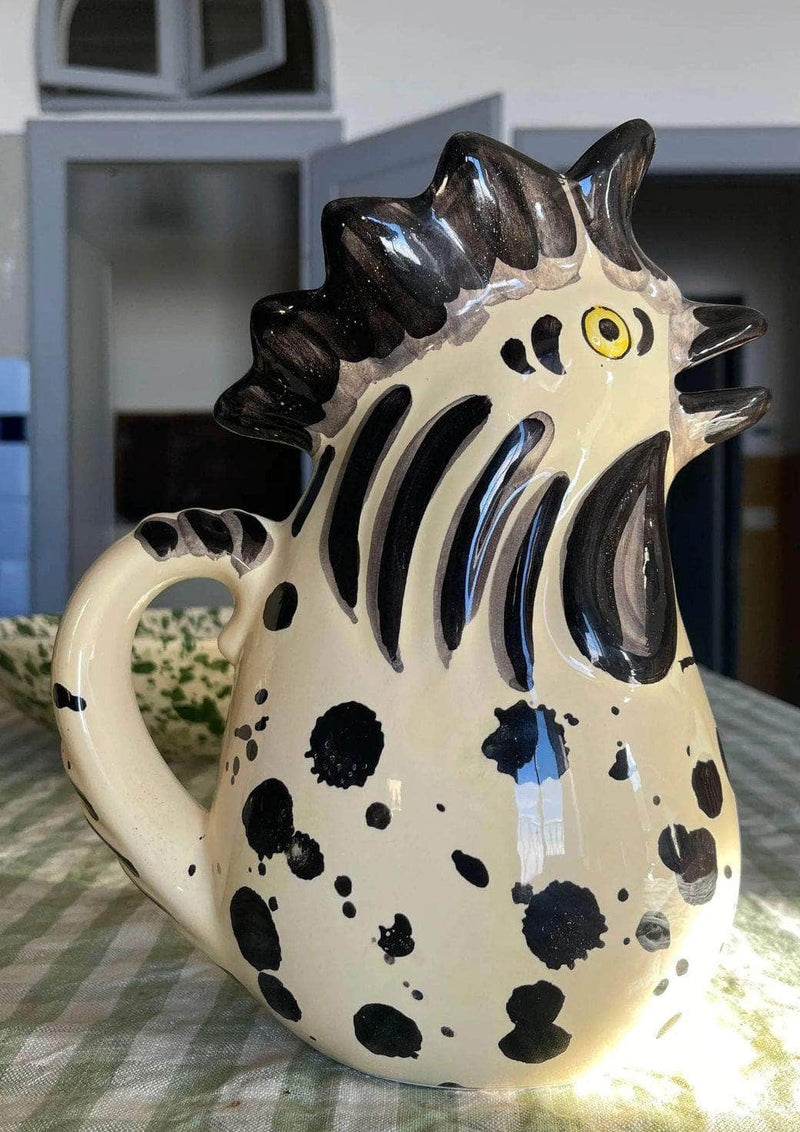
Where Does the French Country Style Originate?
As the name suggests, French Country design is rooted in the rural areas of France, particularly Provence. This region, known for its rolling hills, lavender fields, and sun-drenched landscapes, has heavily influenced the style's aesthetic. The design evolved from the practical needs of farmhouses and rural homes. Furniture was often sturdy and functional, crafted from local materials. Decorative elements were simple yet charming, reflecting the natural beauty of the surroundings.
Over time, this practical and comfortable style gained popularity beyond the countryside, appealing to those who sought a more relaxed and inviting alternative to formal city living. It embodies a sense of slowing down and appreciating the simple pleasures of life. Think about the bustling village markets, the scent of herbs in the air, and the sight of stone farmhouses nestled amongst vineyards. These images capture the essence of the French Country aesthetic.
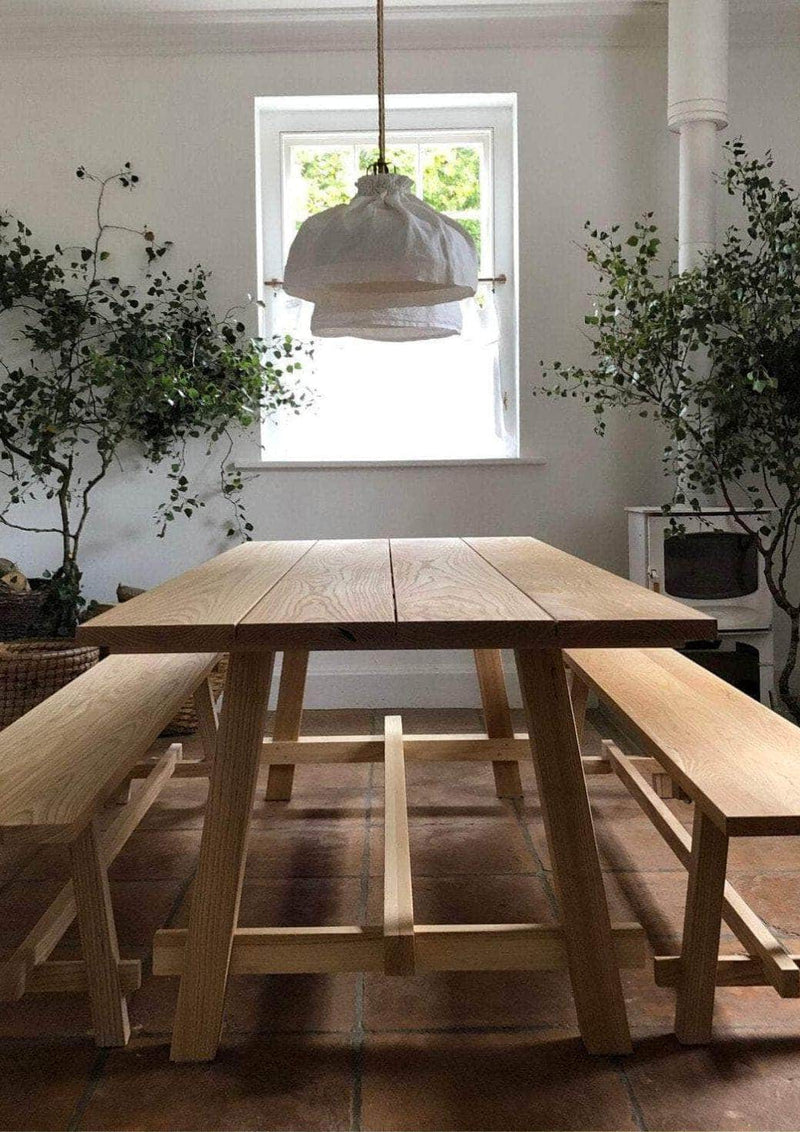
Choosing Furniture with Rustic Elegance
Opt for furniture pieces that have a sense of history and character. Look for items made from natural wood, often with a slightly distressed or weathered finish. Think about a sturdy oak dining table, a comfortable linen-upholstered sofa, or a painted wooden dresser with charming details. Consider incorporating antique or vintage finds.
A weathered wooden bench in an entryway or a vintage armoire in a bedroom can add authentic French Country charm. At Maison Flâneur, our collection often features pieces that possess this timeless, slightly rustic elegance. Don't be afraid of mixing and matching different wood tones and textures. This adds to the relaxed and collected feel of the style. A reclaimed wood coffee table paired with painted bedside tables can create a lovely contrast.
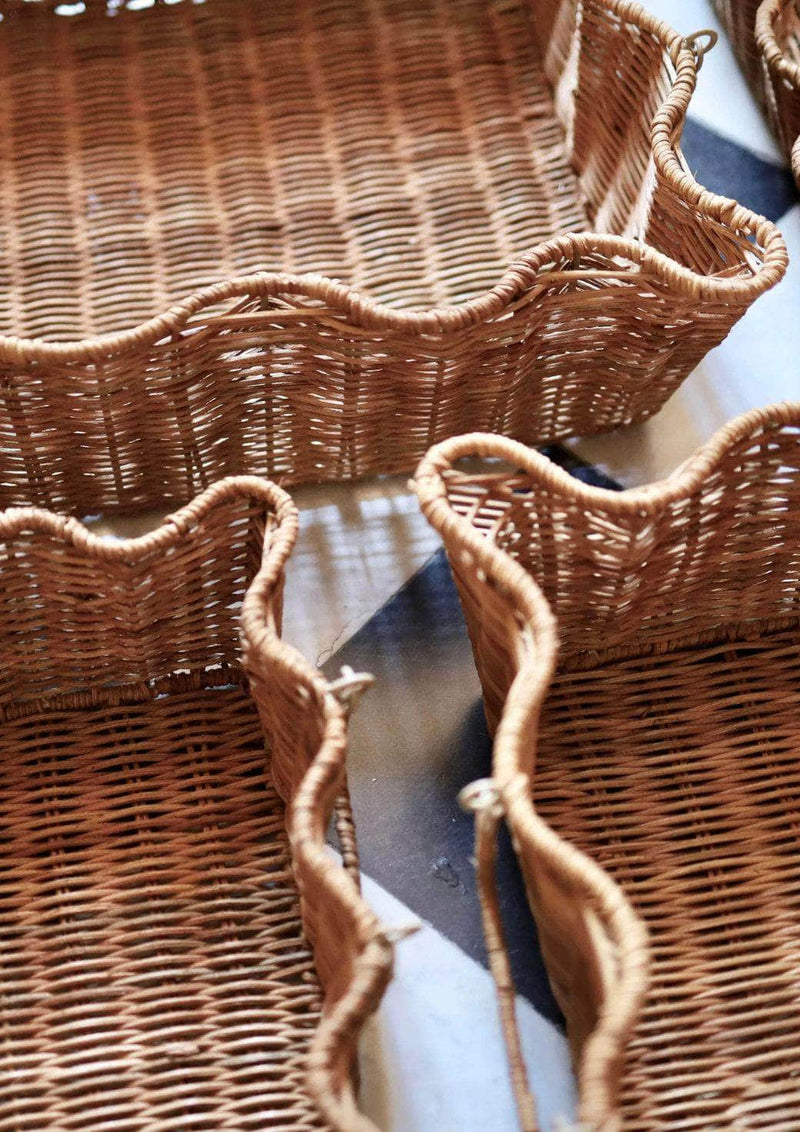
Embracing Natural Fabrics and Textures
Incorporate natural fabrics like linen, cotton, and burlap in your upholstery, curtains, and bedding. These materials add a soft and inviting texture to the space.
Consider using slipcovers for sofas and armchairs. Linen slipcovers, in particular, embody the relaxed elegance of French Country design and are often practical for easy cleaning. Explore our selection of throws for pieces that can add a touch of tactile warmth. Introduce texture through woven rugs, perhaps in natural fibres like jute or wool. These add a layer of comfort underfoot and contribute to the overall rustic feel.
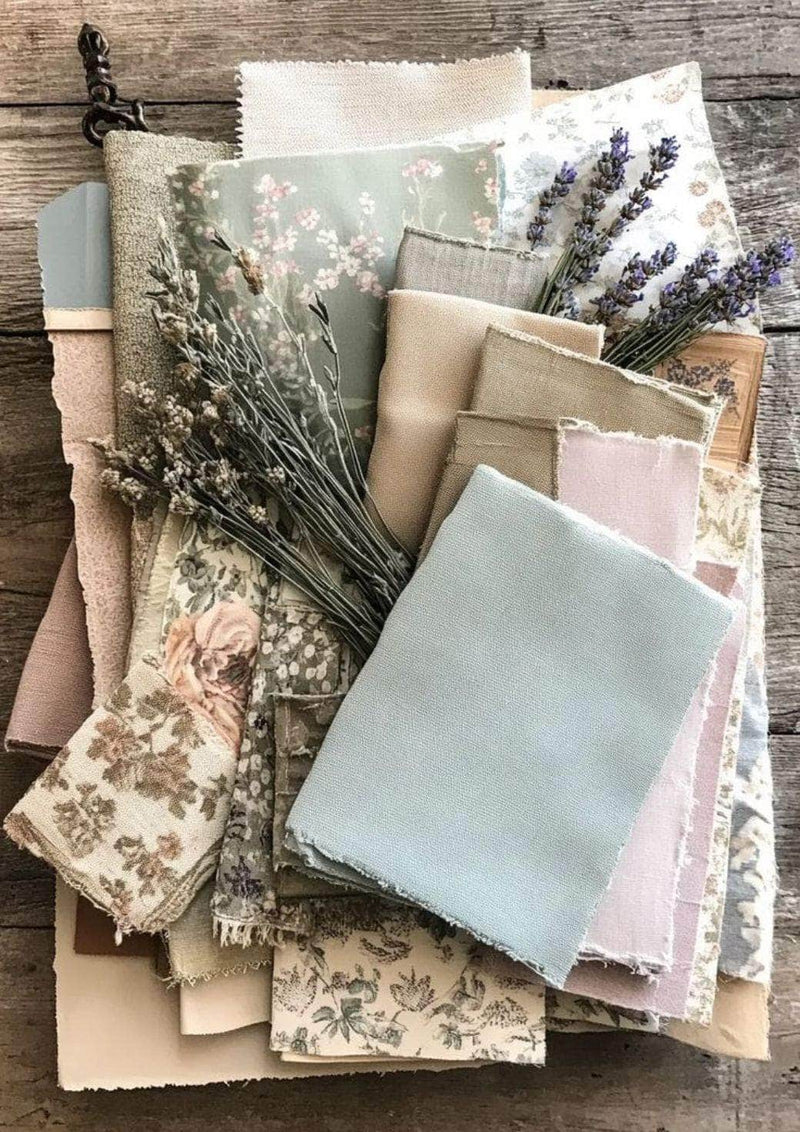
Adopting a Soft and Earthy Colour Palette
Choose a colour palette that reflects the natural beauty of the French countryside. Think creamy whites, soft yellows, pale blues, and dusty pinks. These colours create a light and airy atmosphere.
Use accent colours sparingly to add depth and interest. Consider incorporating touches of olive green, lavender, or a warm terracotta. These colours can be introduced through accessories like cushions, throws, and artwork.
Don't be afraid of using different shades of the same colour to create a sense of layering and visual interest. A chalky off-white wall lets the rich patina of a vintage brass lamp pop.
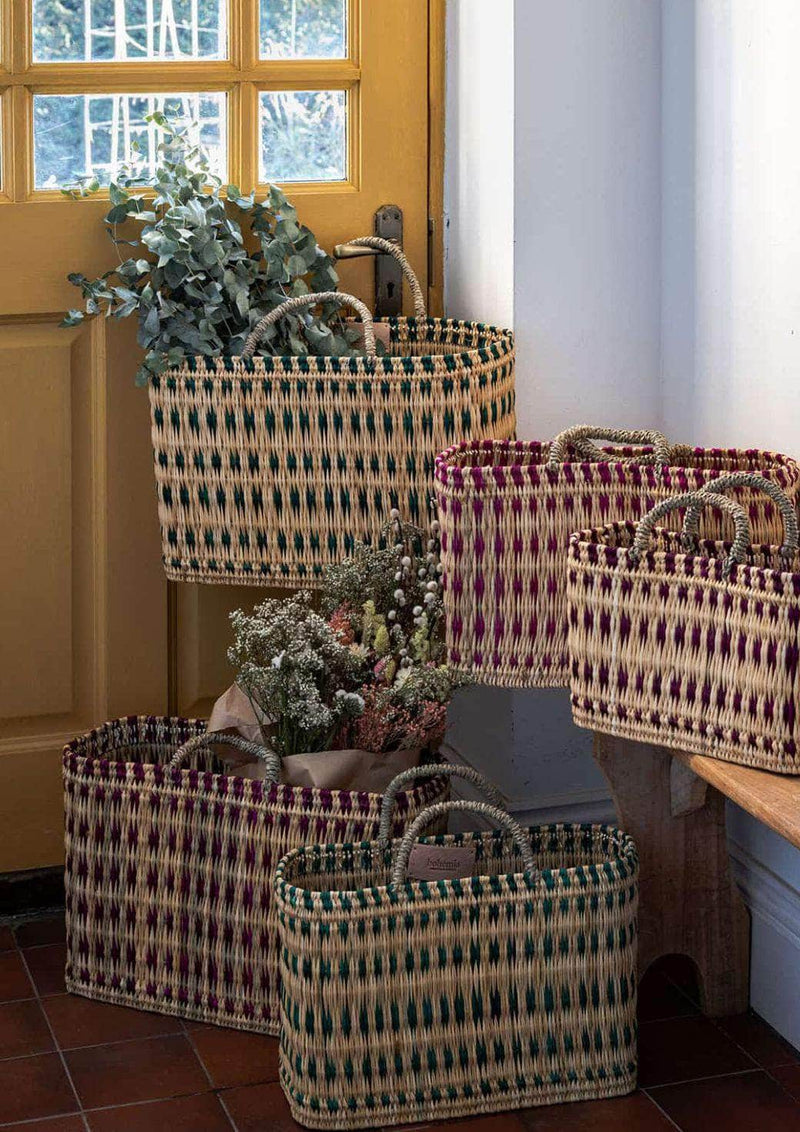
Incorporating Rustic and Natural Accents
Bring in natural elements through your accessories. Think about displaying fresh flowers in simple ceramic vases, arranging a collection of antique stoneware, or showcasing woven baskets.
Consider incorporating natural materials like stone and wood in your architectural details. A stone fireplace surround or exposed wooden beams can enhance the French Country feel. Add touches of metal, such as wrought iron or aged brass, in lighting fixtures or decorative objects. A vintage-style metal chandelier or aged brass candlesticks can add a touch of rustic charm. To find the ideal finishing touches, browse our curated selection of home decor.
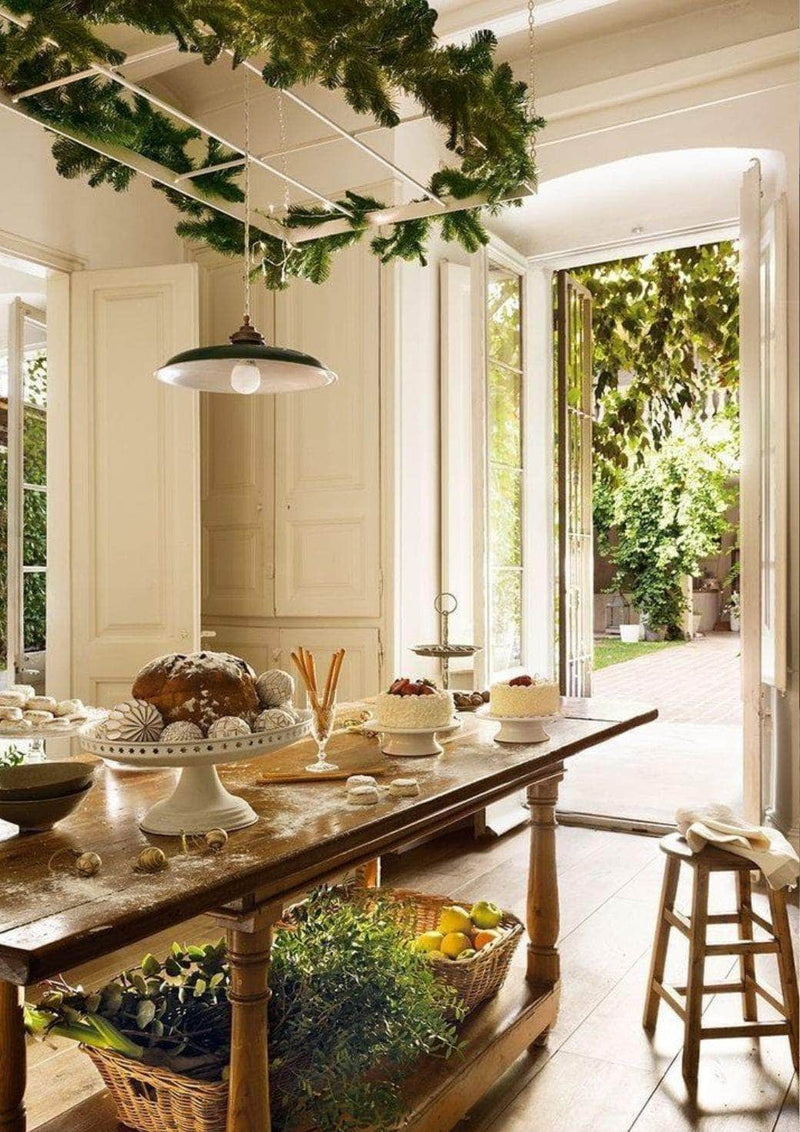
Why Does French Country Design Feel So Timelessly Appealing?
The enduring appeal of French Country design lies in its ability to create spaces that feel both beautiful and comfortable. It evokes a sense of warmth, relaxation, and a connection to nature, offering a welcome escape from the stresses of modern life. The use of natural materials and antique pieces creates a feeling of authenticity and history, making a house feel like a home with a story to tell. At Maison Flâneur, we believe the best interiors feel collected, not decorated.
French Country, with its emphasis on layering textures and incorporating unique finds, perfectly embodies this sentiment. Try layering a contemporary linen throw over a vintage leather armchair—see how the textures play together.
FAQ
What are the main characteristics of French Country design?
The main characteristics of French Country design include the use of natural materials (wood, stone, linen), a soft and muted colour palette, antique or vintage furniture, and rustic yet elegant accents. The overall feeling is one of warmth, comfort, and unpretentious charm.
Is French Country design suitable for modern homes?
Absolutely! French Country elements can be beautifully incorporated into modern homes. You can achieve a French Country feel by focusing on natural materials, soft colours, and a few key antique or rustic pieces, even in a more contemporary setting.
What colours work well in French Country interiors?
Typical colours include creamy whites, warm yellows, soft blues, dusty roses, and earthy greens. These are often accented with richer tones like ochre, lavender, or deep indigo. The overall feel is soft and natural.
What kind of furniture is typical for French Country style?
Furniture tends to be made from natural wood, often with a slightly distressed or painted finish. Comfortable upholstered pieces in linen or cotton are common, as are antique or vintage finds like armoires, benches, and farmhouse tables.
How can I add French Country touches to my home without a full renovation?
You can easily add French Country touches through textiles (linen curtains, floral cushions), accessories (antique pottery, woven baskets), and natural elements (fresh flowers, wooden accents). Even changing your colour palette to softer, more muted tones can make a big difference.
